There is no doubt that politics the world over is undergoing a massive political shift. The gap between men and women has never been wider, especially among the young, with men skewing to the right while women are drifting left.
It's the youth vote where we see this most prominently. Simply tracing support for Donald Trump in America over the last decade reveals a titanic shift to the right that's mirrored in other Western nations.
In 2016, voters ages 18 to 29 supported Hillary Clinton by 18 points. In 2020, younger Americans voted for Joe Biden by 24 points. In 2024, Donald Trump closed most of the gap, losing voters under 30 by a 51–47 margin.
A recent CBS poll found Americans under 30 were even more pro-Trump than Boomers over 65.
“Far-right parties are surging across Europe—and young voters are buying in,” the journalist Hanne Cokelaere wrote for Politico recently. This is despite the attempt by European elites to squash conservative parties in Germany, France, and the Netherlands.
They're referred to as "far-right" parties, but that is definitely a misnomer. There's nothing "far" about them. The German AfD, the French National Rally, and the Dutch Party for Freedom are as mainstream as mainstream can get. The AfD is the largest party in Germany; the National Rally polls 40% in France and is the single largest opposition party, while the Party for Freedom is the largest party in the Dutch House of Representatives.
One startling aspect of this rightward shift is a large loss of trust in scientific and political authority. Certainly, the politics of the pandemic ended up throwing a record number of incumbents out of office in the last three elections worldwide.
Driving the rise of the right in Europe and America are young people. There's a growing body of evidence that this political shift is a direct result of the pandemic.
Pandemics might not initially seem to cash out in any particular political direction. After all, in the spring of 2020, one possible implication of the pandemic seemed to be that it would unite people behind a vision of collective sacrifice—or, at least, collective appreciation for health professionals, or for the effect of vaccines to reduce severe illness among adults. But political science suggests that pandemics are more likely to reduce rather than build trust in scientific authorities. One cross-country analysis published by the Systemic Risk Center at the London School of Economics found that people who experience epidemics between the ages of 18 and 25 have less confidence in their scientific and political leadership. This loss of trust persists for years, even decades, in part because political ideology tends to solidify in a person’s 20s.
The paper certainly matches the survey evidence of young Americans. Young people who cast their first ballot in 2024 were “more jaded than ever about the state of American leadership,” according to the Harvard Political Review. A 2024 analysis of Americans under 30 found the “lowest levels of confidence in most public institutions since the survey began.” In the past decade alone, young Americans’ trust in the president has declined by 60 percent, while their trust in the Supreme Court, Wall Street, and Congress has declined by more than 30 percent.
Another possible explanation that describes how the pandemic played a role in the shift in politics is that the social isolation caused by the decision by governments to shut down their societies drove the youth to socialize online rather than in person.
Norwegian researcher Ruben B. Mathisen has written that “social media [creates] separate online spheres for men and women.” Norwegian guys became more conservative after being “driven in large part by a new wave of politically potent anti-feminism,” he wrote.
Is this shift permanent? Most people's political preferences, as well as their taste in music and other cultural talismans, are formed in their 20s. We may be seeing a fundamental movement away from the left, at least among males.
New ideologies are messy to describe and messier still to name. But in a few years, what we’ve grown accustomed to calling Generation Z may reveal itself to contain a subgroup: Generation C, COVID-affected and, for now, strikingly conservative. For this micro-generation of young people in the United States and throughout the West, social media has served as a crucible where several trends have fused together: declining trust in political and scientific authorities, anger about the excesses of feminism and social justice, and a preference for rightward politics.
In some ways, the trends mentioned in the article have been underway for most of this century. Elections may not be the best barometer of these changes. They're convenient for social scientists and historians but don't always reflect the vast undercurrents of history moving beneath the surface.
We didn't need a pandemic to see it, either.


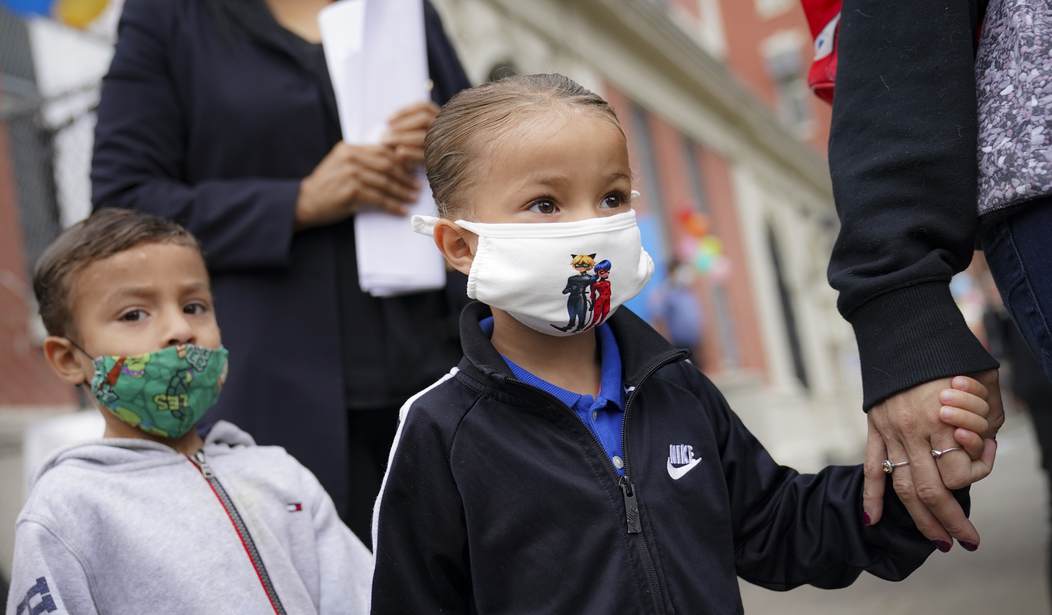

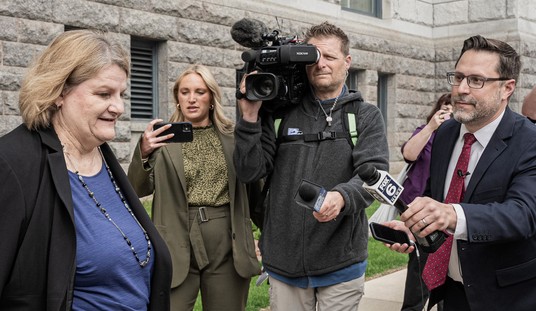

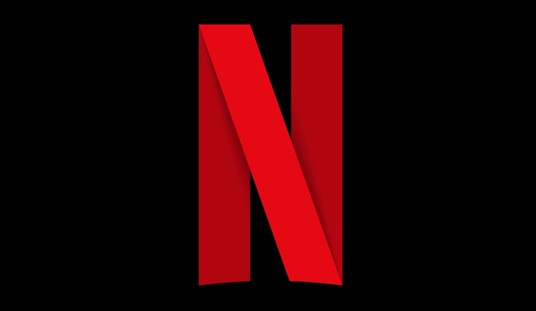
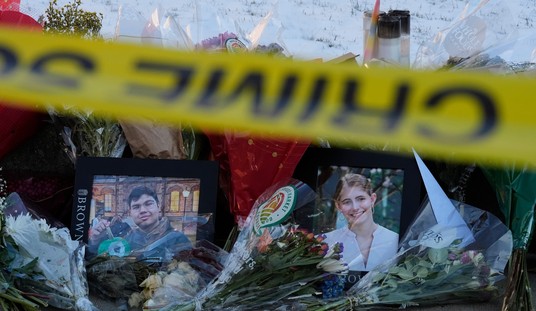
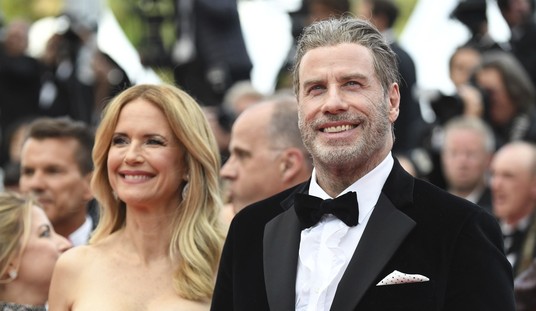

Join the conversation as a VIP Member